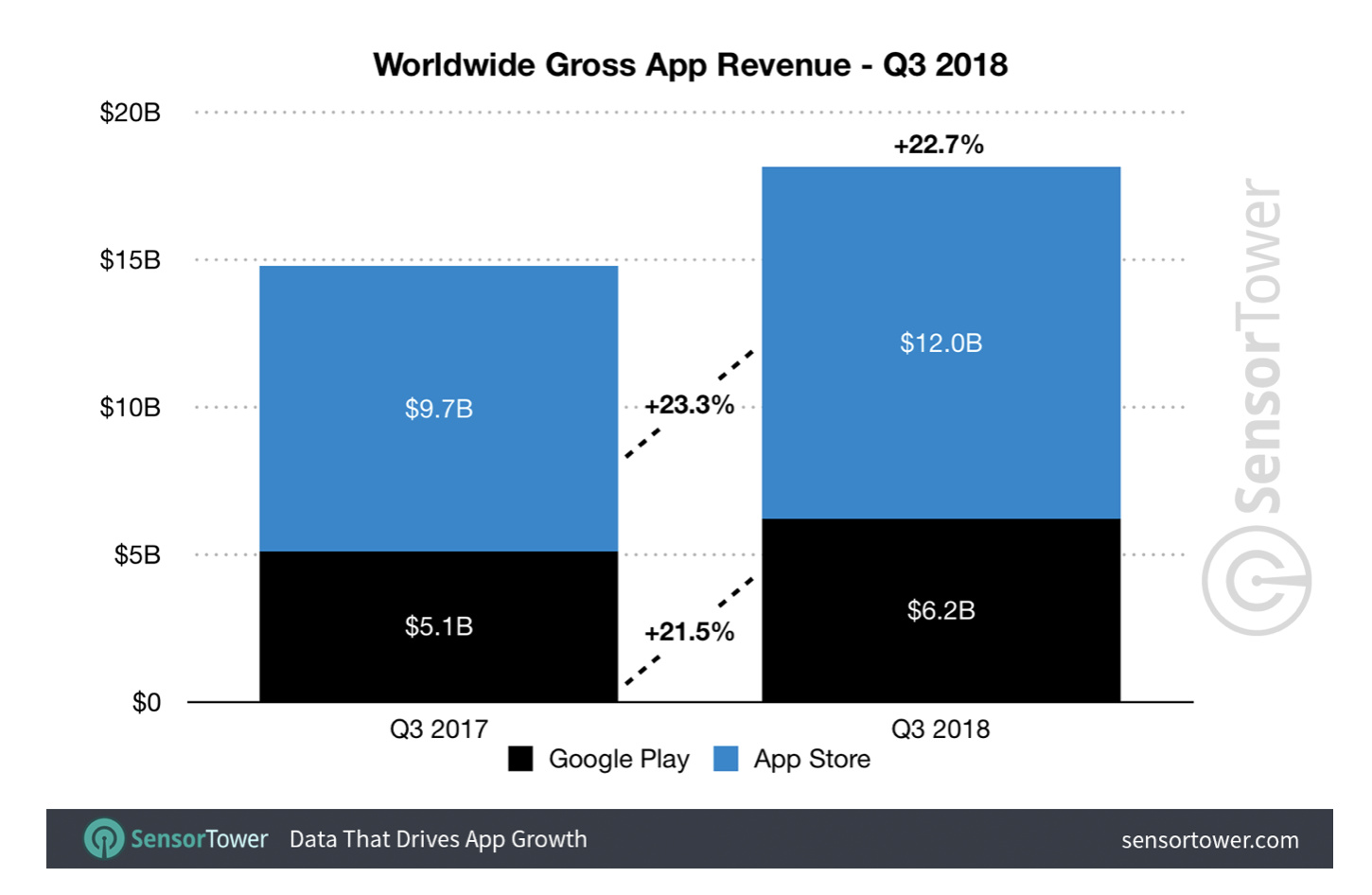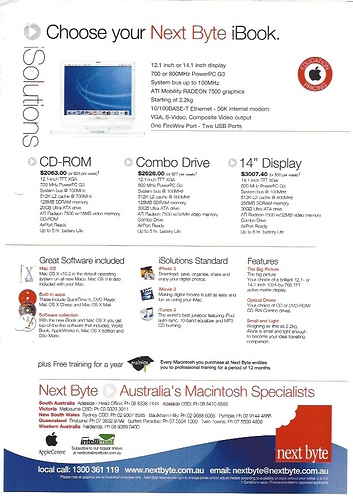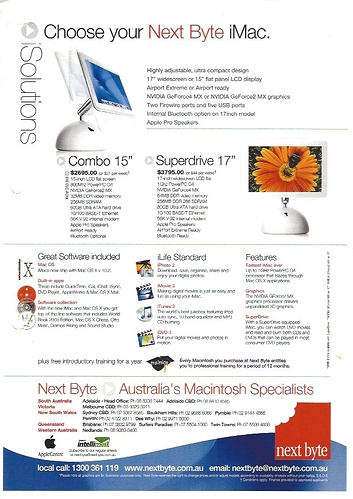Originally published at: https://tidbits.com/2019/07/02/how-to-buy-hardware-thats-likely-to-last/
Do you have a closet full of electronics that never quite worked out? If you follow veteran reviewer Glenn Fleishman’s guidelines, it’s less likely you’ll wind up with piles of worthless gear.
One word: Wink.
I got my first Wink home automation hub as a review unit from Amazon, along with a nice Lutron dimmer switch. I soon purchased a second (which they were practically giving away at the time) and replaced much of our home lighting to work with it.
Four years later, Wink is no longer owned by Quirky Labs by GE. The hubs struggle with cloud issues—because to some extent every command to control a device has to go out to the cloud and come back again before the hub can act on it.
I liked (and still do to some extent) Wink because it’s like the PageMaker of home automation: it integrates lots of different protocols into one interface. But I fear it’s like PageMaker for another reason: its current owners can’t make any money on maintaining the cloud infrastructure because they inherited a promise that the company would never charge for it, and instead would make its money on hardware sales.
So when Wink offered a 15 percent discount on upgraded hubs recently, I passed. I don’t have any confidence they will be there by this time next year.
Weirdly, right now their own software barely works with the hubs, but somehow Alexa can make it all go in the, er, Wink of an eye.
EyeTV HD. I knew it had a limited lifespan because there would be hardware/software/broadcasting compatibility issues over time. But it solved a problem nothing else solved and still works as long as I keep an older computer with an older OS around.
The Screenflow app can do much of it now, if the hardware is new and fast enough.
I would have liked some of my Apple hardware to have lasted longer, notably the iMac G5 with the bad capacitors. Still, at least those iMacs were designed to be opened up by users, whereas current Apple hardware seems much harder to repair. This is a timely article, but let’s not forget the need to make the hardware itself repairable as far as possible.
I had one of those! I didn’t include it as an example, because I bought one many years ago, kept using it through software updates (some of them paid), and finally abandoned when the software/hardware combination went wonky. But I had several good years of use out of it. Now I use a SiliconDust Ethernet-based networked tuner (with two separate tuners) and the Plex Pass software/subscription for TV programming information and recording to my Mac.
Very nice article, @glennf.
I am curious about this one bit:
Modern hardware tries to make use and configuration easier by relying on smartphone apps.
What is simplified in terms of configuring by forcing people to use an iOS or Android app instead of a proper Mac/Win/Linux app? I am thinking specifically about longevity here. On this board we have discussed many times how people run an older OS X in a VM to retain use of an old non-updated app. I’m not aware of any such solution for iOS. Furthermore, the support cycle for iOS is basically one year. So I would imagine having a Mac app to configure hardware automatically increases the chances of that hardware as remaining useful over several years.
Fantastic question. I probably could write 1,000 words in answer! I’m going to try to keep it short and sweet.
In the olden days, most companies making embedded hardware without a display or with a very limited LED panel would have the device host a tiny Web server for browser-based administration. Even with browser compatibility issues that generally worked. A many years old Yamaha receiver I have has such a thing. The design is hilariously stripped down, but it works! I can even update firmware through it.
Sometimes those companies would make a Windows program that could range from just as stripped down to far better. They rarely made a version for the Mac. With iPhones and Android in ascendence, my perception is that few companies are writing native Windows apps, and unless the product is heavily Mac-oriented, they aren’t writing a native Mac app either.
Because they’re required to do smartphone development, that really limits the budget for all but the biggest companies. They can’t not make an iOS app and they typically must make an Android one. Throw macOS, Windows, and sometimes Linux in the mix, and few products can support five simultaneous app-development efforts.
Look at Slack! I’ve written a couple editions of a book about this company valued at many billions of dollars. They have zero hardware to support—it’s 100% interaction with their central server. And they cannot keep Mac, Windows, iOS, Web app, and Android apps fully in sync with a common interface. Differences abound even years into simultaneous development!
Companies focus all their development money into the biggest markets, and only work on subsidiary ones if there’s enough profit or necessity there later. That generally equates to a Web app if anything. Take a look at mesh products, some of which have been in development for years. To my knowledge, there are only smartphone and Web apps that drive them—and not all even have a Web app.
I’m not sure I understand the argument. When you refer to smartphone config are you thinking browser-based config? Or actual iOS/Android apps? If it’s the latter, I’d be afraid we’re in for trouble. While iOS market share is doing fine in the US, in many (most?) foreign markets Android is about where Win was in the 90s.
Smartphone config or smartphone development means native apps. That’s distinct from Web apps that work on smartphones, either tailored for them or using responsive design.
Native apps retain a number of advantages over Web apps, because of how they can tie into network, notification, HomeKit (and similar non-Apple ecosystems), etc. They can also be used offline on local networks and rely on Bluetooth in a way that Web apps cannot as easily, if at all. Web apps can’t retain state the same way between session as native apps, etc. Customers expect native smartphone apps, look for them in the App Store, and it’s a measure of a company’s fitness to market to have them.
Longevity of hardware is always a concern, but in my article (and here) I would argue that companies don’t place the same interest or emphasis on being sure that either an existing app will work forever without updates or that they can continue to indefinitely updates app for new smartphone (and desktop) operating system releases.
Market share has never defined iPhone success, though. Developers of software and hardware both know where the money is spent. Even with Android having a much larger number of units in the market, check this stat. If you’re looking at market share, you might think Android app revenue should be ten times that of iOS app revenue. And yet estimates are (as in this source) that Apple App Store revenues is 2x that of Android’s Play store.
Ask hardware makers and developers, and they may not trumpet the fact, but they know. In fact, some hardware is introduced first with only an iOS app. Some online services introduced a Web app + an iOS app first and promise Android later (some even deliver).
Another Kickstarter supported rip-off company was Znaps!, the magnetic connector/adapter for smartphones. They ripped me off. I learned my lesson and will not support any Kickstarter (or similar) project again.
Market share has never defined iPhone success, though. Developers of software and hardware both know where the money is spent. Even with Android having a much larger number of units in the market, check this stat. If you’re looking at market share, you might think Android app revenue should be ten times that of iOS app revenue. And yet estimates are (as in this source) that Apple App Store revenues is 2x that of Android’s Play store.
Glen is 100% on the money here. Thinking forward to revenue growth for Apple’s growing lineup of services, Android users are joining Apple Music in record numbers:
Apple Music Hits 40 Million Installs on Android, On Track for Best Quarter Yet
https://sensortower.com/blog/apple-music-android-downloads
Although this number doesn’t guarantee that every install will yield a long term paid subscription, the chances are excellent that Apple is accruing a substantial revenue base from Android owners. And don’t forget that Google is paying Apple $12 billion this year to remain Safari’s default search engine:
https://fortune.com/2018/09/29/google-apple-safari-search-engine/
When it comes to apps and services, Apple definitely punches waaaay above its weight in the marketplace, and they are earning a lot of money from Google/Alphabet.
I came across some (paper) brochures for the first Macs that I ever bought in 2004
I just paid about the same for a new 27" iMac! Incidentally, I bought this a little earlier than planned so that I am not forced to use a new Mac running Catalina with its 32-bit woes.
Anyway the “table lamp” iMac still boots up and seems fine. So that is “lasting” hardware!
Good article with good advice.
And I’d be especially skeptical of crowdfunding. I am sort of sympathetic with the lone misunderstood inventor ideal, but now we see companies that use Kickstarter etc as unregulated, unsecured, loan sources for in-house development. Seems shady to me, as obviously they won’t invest their own money and can’t secure it from traditional sources, who demand more accountability than gullible internet donors. Not to mention overreach; some companies with decent products tried to go too far and it broke them.
Also, avoid anything on Kickstarter etc that is just a mash up of existing products. We see that a lot. The “inventor” thinks because we like music and beer together we should have cooler that’s a speaker, as noted by Mr. Fleishman. You see that a lot with outdoor products, like the defunct Earl.
I don’t know that that’s generally true. Most of the big failures and lack of delivery I’m aware of where any substantive money was involved relate to the inexperience of the creators or a show stopping problem well into development or production. The Coolest Cooler that I mention above: there’s no question that the folks making it thought they had raised enough money and thought they had sorted out all the difficulties. But they vastly underestimated several elements—they didn’t even realize they would need to touch every unit (having it shipped to them) before sending to customers (shipping out). That dramatically increased shipping costs because the thing is a bear!
Some companies are more straightforward about this, although I tend to see them on Indiegogo. I actually pre-ordered a book scanning system there, which was delivered a little late but just arrived and works as expected. The company selling it uses Indiegogo as its pre-order and order-processing front end, and is pretty straightforward about it. I wouldn’t have bought an earlier product from them, as they had no track record. But this one was the second scanner they made, they’d fulfilled all of the first ones, and were selling the first scanner concurrent with raising pre-order funds for the second.
An example of what I’m talking about: https://petapixel.com/2017/01/31/r-p-triggertrap-trigger-pioneer-close-shop-kickstarter-fail/
I back many projects on Kickstarter, and a vast majority are good investments into products. The one sore spot I had was a device to store extra files for the iOS system. The hardware was decent, but then the company did not update the software for iOS system updates and the device was useless. I try to look for things now that are not so dependent on other systems. When those systems change or fail, the chain is broken.
Yes, that’s exactly it. Not malfeasance, but misfeasance: they didn’t really understand the costs of what they planned when they raised money to make the thing! I’ve seen this a lot, for sure, but fortunately it’s rarely happened to me, as I have mostly avoided things that are extremely complicated. I tend to back books and music!
I’ve backed something like 26 Kickstarter projects to date. I’ve bought a large variety of things, for example a travel bag and a travel backpack, both of which I like and use, and the Unravel Qi charger. I backed the revival of Mystery Science Theater 3000, which got picked up by Netflix. Lots of cycling related things; the power meters I use daily I got on Kickstarter, the trainer I use in the winter I got from Kickstarter (don’t remember whether the smart upgrade was on Kickstarter or not). The one failure was a cycling mirror which never delivered, so I’m out about $25 in all. Of the backed projects pending, all of them are produced by people who have successfully delivered previous products, so I’m not worried about them. If there’s a trick it’s to back projects by established players who have already brought products to market.


